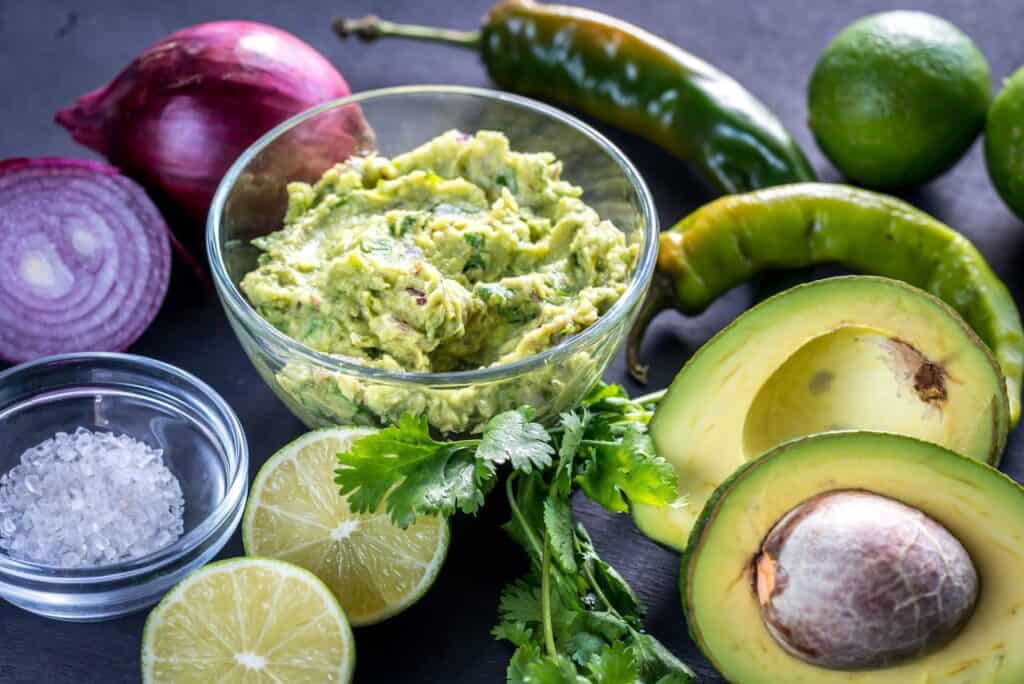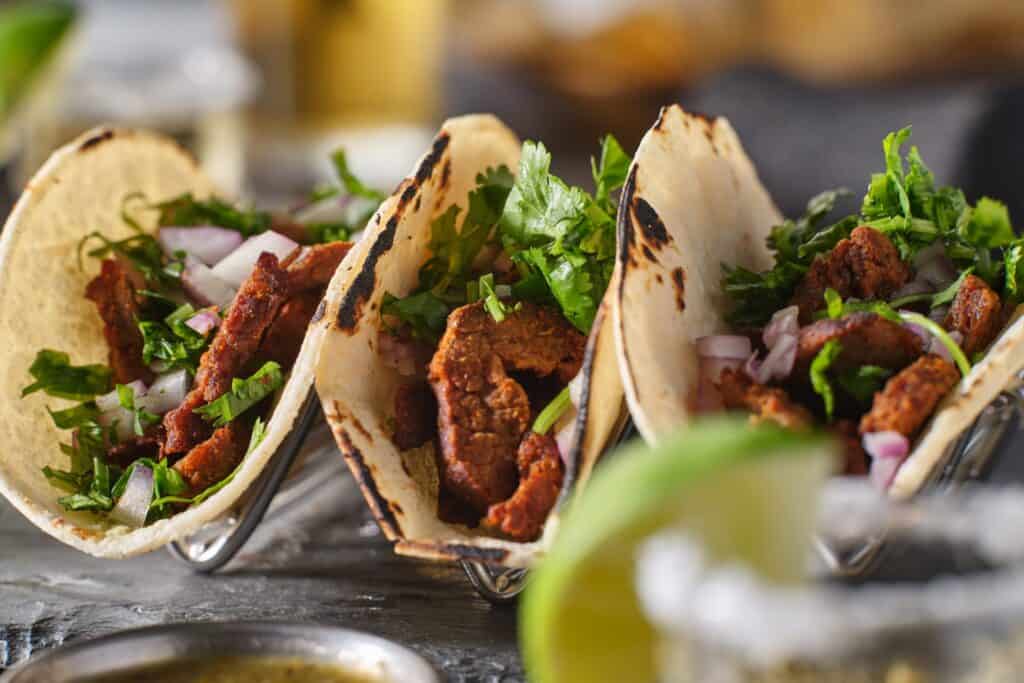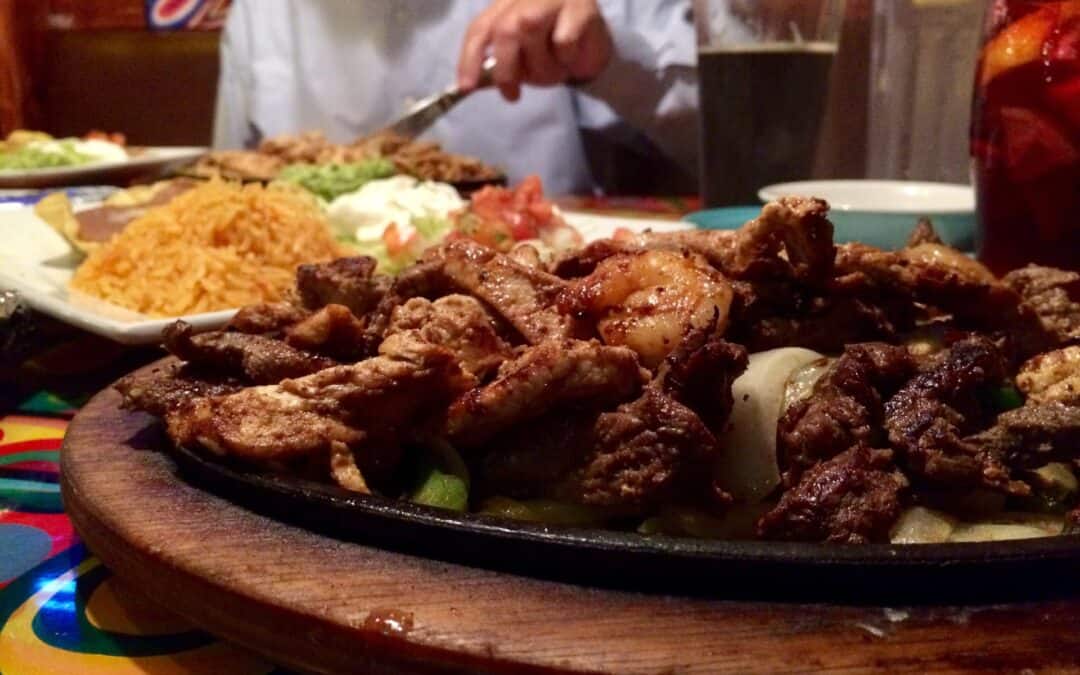True authenticity in food isn’t about aesthetics or ambiance—it starts with how the meal is made. In Mexican kitchens that prioritize real craft, every decision is rooted in tradition, from the ingredients they select to the methods used during prep. Serving Mexican food with genuine cultural depth takes intention, patience, and discipline. Burritos Grill of Slidell explains it well: “We don’t follow trends; we follow flavor, and that begins before the day officially starts.”
1. Daily prep routines in Mexican kitchens
Mornings in a traditional kitchen start long before the first order. Staff arrive early to slice produce, soak grains, and prepare sauces while the building is still quiet. Ingredients are handled with purpose, minimizing shortcuts that might strip away texture or taste. Every motion reflects a respect for freshness that machines or frozen packs can’t replicate.
-
USDA guidelines show chopped herbs lose 35–50% of their aroma-producing compounds within a single day
-
Freshly soaked beans maintain a smoother texture and require less sodium than canned options
-
Cold-prepped produce often oxidizes, impacting both color and nutrient value within hours
This hands-on routine shapes the base of every dish, allowing the food to taste intentional and present.
2. Using traditional Mexican cooking methods
Recipes that have survived for generations do so because of technique, not speed. Whether grinding spices by hand, layering components in stages, or simmering broths low and slow, Mexican kitchens rely on time-tested methods to coax the most from every ingredient. Flavor doesn’t come from one step—it builds across many.
-
Smithsonian’s cultural food studies highlight mole poblano as a multi-day process with separate roasting, soaking, and blending phases
-
Toasting seeds and dried chiles triggers chemical changes that deepen flavor and color through the Maillard reaction
-
Long-cooked stews like pozole or menudo depend on careful heat control and slow starch release
Staying true to these methods protects both the flavor and the meaning of each dish.
3. Sourcing culturally rooted ingredients
Traditional flavor doesn’t come from generic spice blends or mass-market vegetables. It comes from sourcing ingredients tied directly to Mexican agriculture—like native corn, smoky dried chiles, or wild herbs such as hoja santa. These staples have distinct profiles that shape the meal’s final flavor.
-
The USDA identifies native maize as nutritionally richer in amino acids and micronutrients than genetically modified hybrids
-
Guajillo and ancho chiles contain higher concentrations of essential oils than common substitutes, contributing to a richer flavor base
-
Epazote, widely used in bean dishes, supports digestion and adds a strong, bitter-green undertone that’s hard to mimic
Kitchens that reach for these ingredients aren’t just making meals—they’re maintaining heritage.

4. Fresh handmade tortillas daily
Tortillas define the meal as much as any filling or topping. When pressed and griddled on-site, they arrive soft, slightly puffy, and infused with the smell of roasted corn. This freshness adds a richness and chew that packaged versions can’t match, no matter how well they’re reheated.
-
Nixtamalized corn dough is most pliable and aromatic when used within 8–10 hours of grinding
-
Commercial tortillas often contain shelf-stabilizers like calcium propionate, which mute corn’s natural sweetness
-
Tortillas cooked to order retain steam, keeping them supple and better at cradling fillings
Daily tortilla preparation supports flavor, texture, and authenticity all at once.
5. Crafting salsa from raw ingredients
Salsa isn’t just a condiment—it’s a functional layer that ties components together. Whether bright and acidic or charred and smoky, salsa built from raw, freshly cut ingredients helps sharpen or round out bold dishes. Small-batch preparation keeps each variation alive and responsive to the day’s produce.
-
NIH research notes tomato-based salsas degrade rapidly when refrigerated, losing vibrancy in both taste and appearance
-
Lime juice begins oxidizing immediately after squeezing, affecting both pH and acidity within several hours
-
Hand-chopped vegetables offer better control over liquid release, helping maintain balance in consistency
Salsa made close to service keeps the plate lively and prevents the meal from becoming one-note.
6. Cooking meats from raw daily
Proteins like carnitas, barbacoa, and tinga benefit from slow cooking—when done fresh, they absorb seasoning more fully and retain natural juiciness. Reheating cooked meat or storing it overnight often dulls its edge, flattening both texture and seasoning balance. Real flavor requires both time and timing.
-
According to the USDA’s Meat Preparation Guidelines, flavor compound breakdown begins with prolonged storage or repeated heating
-
Fresh-cooked pork shoulder maintains moisture and collagen integrity longer when served within 12 hours of cooking
-
Overnight storage of stewed meats can lead to fat separation and uneven salt concentration
By starting meat prep before service, the kitchen ensures each bite feels whole—not warmed over.

7. Balancing flavor through seasoning techniques
Flavors in Mexican dishes don’t shout—they harmonize. Skilled cooks build seasoning slowly, layering salt, heat, sweetness, and acidity in specific stages rather than dumping everything at the end. This approach ensures that bold spices complement rather than overpower.
-
Gradual seasoning improves flavor absorption, especially in proteins and grains (FDA Food Science Division)
-
Pre-toasting cumin, coriander, and cinnamon can intensify their impact while reducing bitterness
-
Adding citrus or vinegar at the right moment sharpens flavor without making it sour
This attention to timing and proportion helps maintain balance while still allowing dishes to speak clearly.
Key Takeaways: Steps Mexican Restaurants Use to Preserve Authentic Meals
Authentic Mexican food isn’t a style—it’s a system of preparation. Every step from grinding masa to layering broth is part of a larger rhythm designed to keep food honest. Kitchens that commit to these practices aren’t chasing novelty—they’re protecting flavor, texture, and cultural identity. The result is food that doesn’t rely on embellishment to be meaningful—it’s grounded in experience.
Key Points Worth Remembering:
-
Fresh daily prep sharpens flavor, protects nutrients, and avoids over-processing
-
Traditional techniques unlock deeper taste by relying on heat, timing, and method
-
Sourcing native ingredients maintains the integrity of regional dishes
-
Handmade tortillas offer structure, aroma, and freshness commercial versions lack
-
Fresh salsas built throughout the day allow for seasonal adjustments and bold contrasts
-
Slow-cooked meats handled same-day preserve tenderness and seasoning depth
-
Layered seasoning techniques result in more balanced, expressive meals
Frequently Asked Questions
Why do authentic kitchens avoid using frozen or pre-cooked ingredients?
Because flavor, texture, and moisture all suffer from long storage. Fresh preparation preserves the original structure of the food.
What makes handmade tortillas so different from packaged ones?
Fresh tortillas are warm, flexible, and carry a toasted scent. Packaged tortillas often taste flat and can crack or dry out quickly.
Do Mexican restaurants really make salsa more than once a day?
Many traditional kitchens do. It ensures freshness, and helps adjust for tomato ripeness or changing chili heat levels.
Why is seasoning done in stages instead of all at once?
It allows cooks to taste and correct as the dish evolves, which builds more complex flavor without overdoing any one element







